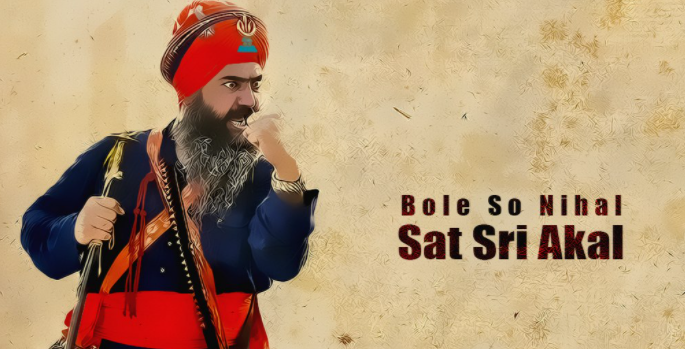Explore Sant Singh's heroic role with Guru Gobind Singh and his impactful leadership in Sikh history and culture.
Discover Sukhdev, the daring ruler of Jasrota, who fought alongside Guru Gobind Singh against Mughal forces in 1691. Learn about his heroic legacy.
Visit Toka Sahib Gurdwara, a serene shrine honoring Guru Gobind Singh, nestled on the Himachal Pradesh-Haryana border. Unveiling history from 1688!
AJIT SINGH PALIT (d. 1725), adopted son of Mata Sundari, the mother of Sahibzada Ajit Singh . Little is known about the family he came of except that Mata Sundari took him over from a goldsmith of Delhi and adopted him because of his striking resemblance with her son, Ajit Singh, who had met a martyr`s death at Chamkaur. She treated him with great affection and got him married to a girl from Burhanpur. Emperor Bahadur Shah, considering Ajit Singh to be Guru Gobind Singh`s heir, ordered, on 30 October 1708, the bestowal of a \'khill`atupon him as a mark of condolence for the Guru`s death.
Explore the rich history of Sikhism through the lives of key figures like Guru Arigad's daughter Anokhi Bibi and the legacy of Guru Ram Das's mother, Mata Anupdei.
BAZIDPUR, village 7 km southeast of Firozpur Cantonment (31° 55`N, 74° 36`E) along the FirozpurLudhiana highway, is sacred to Guru Gobind Singh (1666-1708), who passed through here in 1706 after the battle of Muktsar. Gurdwara Gurusar, formerly known as Tittarsar after a legendary partridge (tittar, in Punjabi), marks the site where Guru Gobind Singh had encamped, and was first constructed in the form of a small Manji Sahib by Bishan Singh Ahluvalia, an official under Maharaja Ranjit Singh (1780-1839).
Discover the deep meaning and history behind the Sikh jaikara, 'Bole So Nihal, Sat Sri Akal,' a powerful expression of joy and divine victory.
CHHOTA MIRZAPUR, a village in Mirzapur district of Uttar Pradesh, 18 km south of Varanasi (25 20`N, 82 58`E), is sacred to Guru Gobind Singh. He broke journey at Chhota Mirzapur while travelling as a child from Patna, his birthplace, to the Punjab. A Sikh sangat developed here in course of time. The present Gurdwara constructed recently on the site of an older one is, however, named Gurdwara Sri Guru Tegh Bahadur, Navami Patshahi, perhaps because at the time of his visit, Guru Gobind Singh had not yet been anointed Guru and the party travelling was only remembered as the family of the Ninth Guru, Guru Tegh Bahadur. Bhai Musa Singh, a native Sikh and head of the only Sikh family in the village, looks after the Gurdwara.
DINA, village 15 km south of Nihalsinghvala (30° 35`N, 75° 16`E) in presentday Faridkot district of the Punjab, is sacred to Guru Gobind Singh, who, after evacuating Anandpur in December 1705, came here and stayed a few days. Chaudhari Shamir and Lakhmir, grandsons of the local chief, Rai Jodh, who had fought on the side of Guru Hargobind in the battle of Mahraj in December 1634, served the Guru with devotion. A few hundred warriors from the surrounding districts joined Guru Gobind Singh here.
GOBIND RAM, BHAI (d. 1845), son of Bhai Harbhaj and a grandson of Bhai Vasti Ram, had, like his brother Bhai Ram Singh, an honoured position at the court of Maharaja Ranjit Singh. A good scholar of Sanskrit and Persian, Gobind Ram, was of a retiring nature and more interested in spiritualism and medicine. According to Sohan Lal Suri, the court historian, Maharaja Ranjit Singh was highly impressed by Gobind Ram`s knowledge of metaphysics and often had long discussions with him. Bhai Gobind Ram, who suffered a paralytic stroke in 1840, died at Lahore on 23 March 1845.



